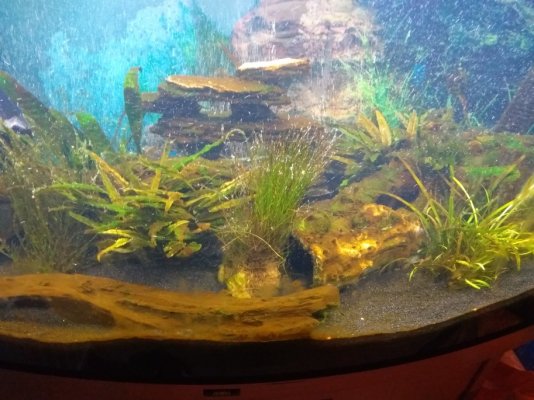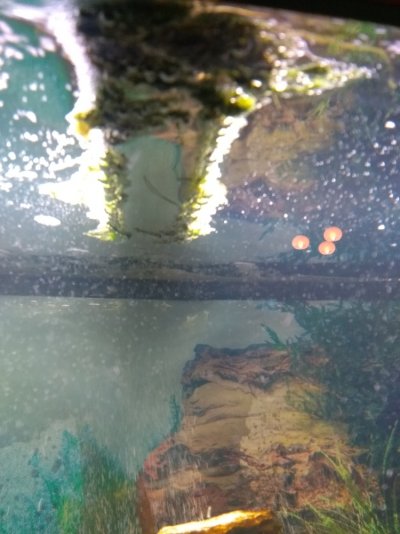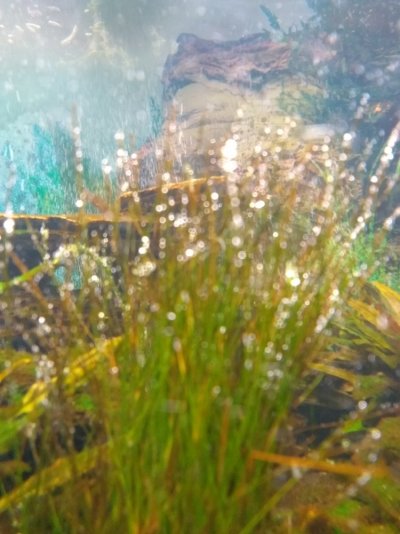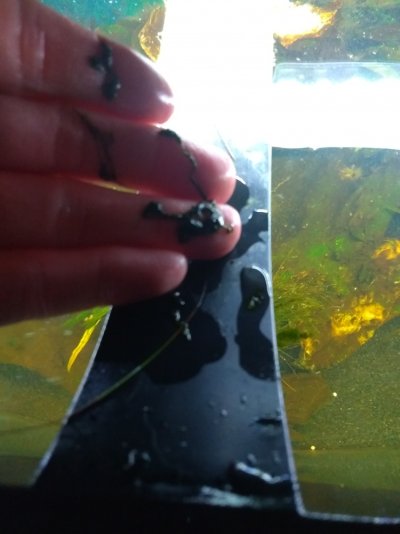Hi,
I set up this tank a couple of months ago and it's been a complete nightmare for me. It has aquarium dirt at the bottom capped with sand. I have live plants, a pleco and another fish. I've taken to feeding the fish sparingly making sure there's no food waste. I've got an external filter much bigger than what's needed for the aquarium size and it was also matured already. I've also put another filter in out of desperation. The tank is filthy. Maybe red algae? I've done checks for nitrate, nitrite, Antonia and phosphate all come back clear. Any ideas what I can do to clear this. There's plenty of what looks like bubbles in the tank which isn't coming from the air stone
I set up this tank a couple of months ago and it's been a complete nightmare for me. It has aquarium dirt at the bottom capped with sand. I have live plants, a pleco and another fish. I've taken to feeding the fish sparingly making sure there's no food waste. I've got an external filter much bigger than what's needed for the aquarium size and it was also matured already. I've also put another filter in out of desperation. The tank is filthy. Maybe red algae? I've done checks for nitrate, nitrite, Antonia and phosphate all come back clear. Any ideas what I can do to clear this. There's plenty of what looks like bubbles in the tank which isn't coming from the air stone




